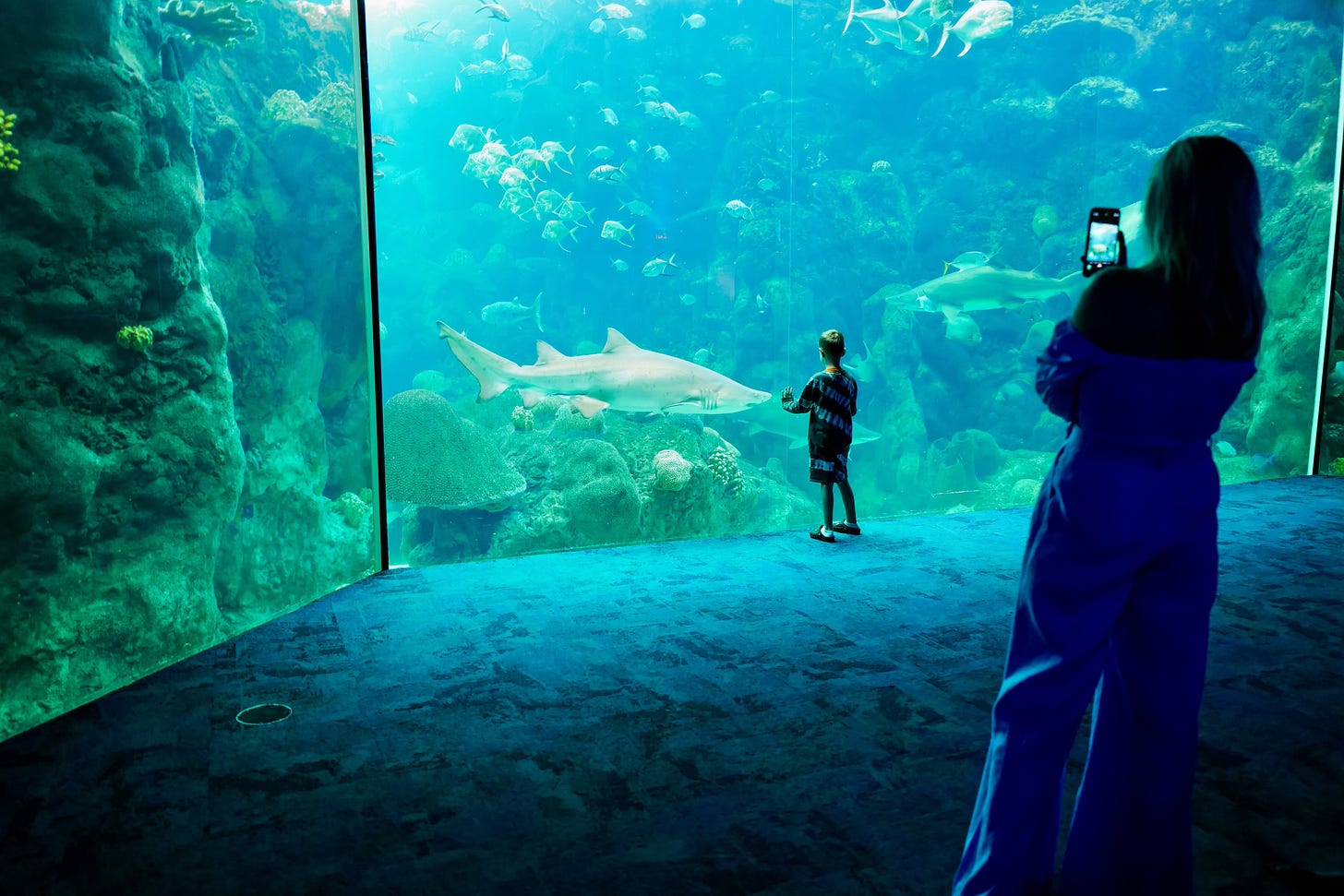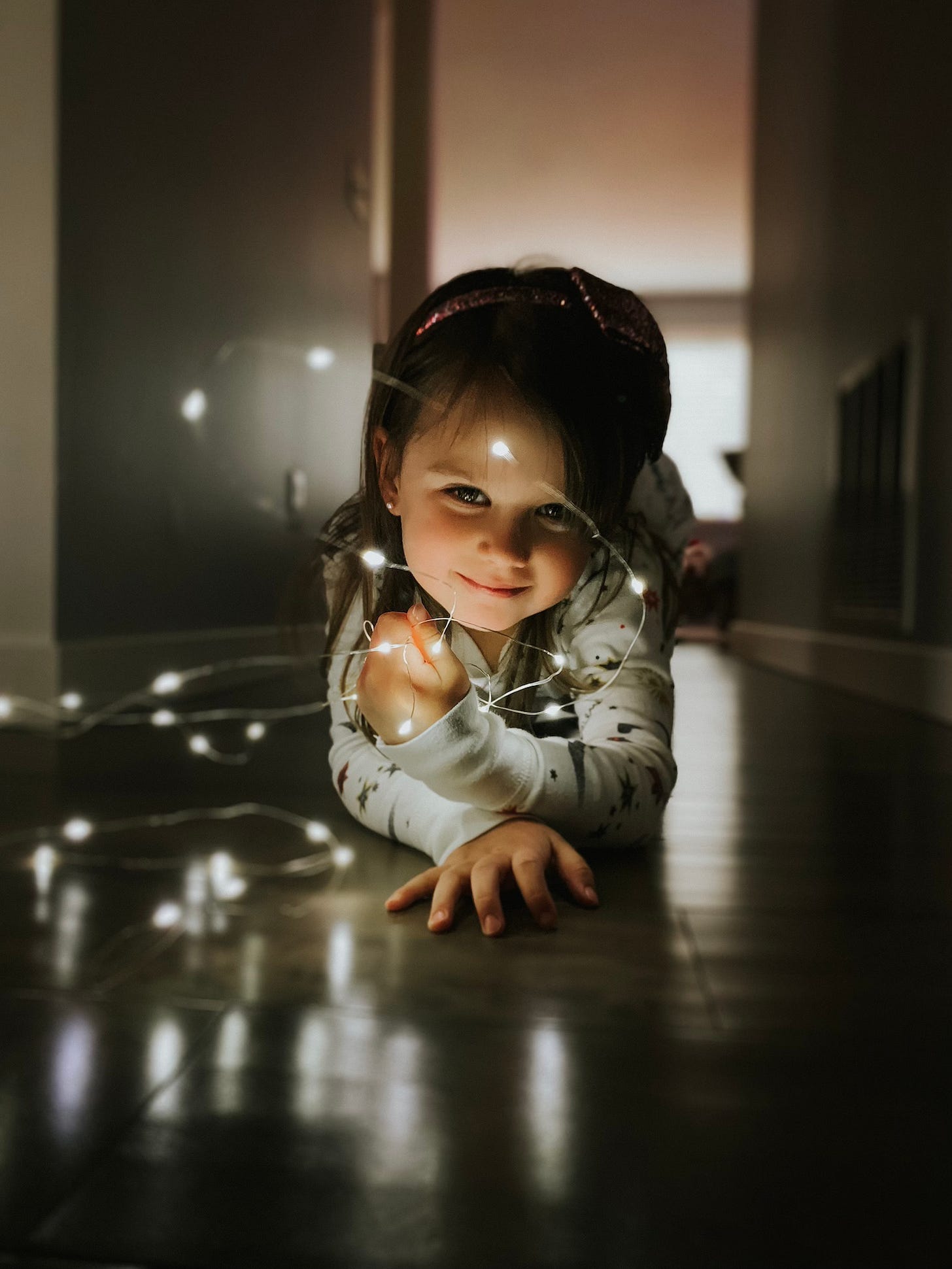Which is Getting Better: Photographers or Cameras?
Our cameras are consistently improving, but so are photographers.
After a thrilling Grand Prize win yesterday, and being named 2024 IPPAwards’ “Photographer of the Year,” I’ve seen many articles come out about this year’s competition, including an article in Laptop Mag titled, “This year’s IPPA Winners Double as the Best Apple iPhone Ads You’ll See.” It made me think: Is it really the consistently improving camera on our phones that is responsible for the consistently improving images that come out of them?
With every mobile photography campaign or contest, that’s the narrative I see on repeat: The iPhone gets better, and thus the photos you can capture are better!
My photo titled “Girl with a Leaf” was part of the Shot on iPhone campaign in 2016, and was shot with an iPhone 6s Plus. I wanted to see if it holds up to the images I make with my iPhone 15 Pro Max now. As I scrolled my Instagram back, I smiled: a lot of my photography from that time period is not how I would compose nor edit today; my style and skill has changed and improved a lot. And it should have because I have been making photos for a decade in the interim. That portrait however, is one I would still compose today, and the excellent image quality of that photo taken with an iPhone 6s Plus, is on par with the quality of my current 15 Pro Max shots.
There is one important point that can't be ignored: My 2016 photo was taken in absolutely perfect lighting conditions, a bright, soft overcast day with the light directly and flatteringly on her face, whereas my winning photo from this year taken with the 15 Pro Max, was shot in a dark aquarium. The superior lowlight capability improvements with the iPhone cameras since 2016 cannot be ignored. However, I would have still taken the aquarium shot back in 2016, and I did, every time we went, in those dark rooms, with my phone. I explored storytelling and learned how to work around the light, or lack thereof, as I captured my kids.
I could not do what I did on the iPhone 15 Pro Max this year, back then with the iPhone 6, both because of my own skill at the time, and also because the tech has gotten much better at handling low light. I agree in this way, a better iPhone camera leads to better photos.
However, it’s not just about the tech.
My husband stood right next to me in that aquarium in Tampa over Spring Break this past March. He captured images of the same moment, and he was using a Leica Q2. He was set up and ready for the shot when I pulled my phone out and made mine. And his commentary was, “I was standing right next to you, and nothing I captured with my Leica came close to what you did with your phone.” I bet that’s how I would feel standing next to Ansel Adams using his old Hasselblad, with any of my modern cameras in my own hand.
Since my start in photography, I have been proclaiming loudly via articles, interviews, and speaking engagements that photography is about so much more than the camera you use, ‘the best camera is the one you have with you.’ Great photos are about composition and use of light, and the iPhone may be the only camera many people have. Since the beginning, iPhone has been an excellent camera with which to take incredible photos.
I use many brands of cameras for my professional work: Leica, FujiX, Canon, as well as Zeiss attachments for my phone. But the fact remains that more than 50% of my work continues to be shot on iPhone, using the native camera app, and editing in Lightroom Mobile, because it’s the camera I have with me. The photo I took that won this year’s award was taken in a very brief quiet moment, in an otherwise busy aquarium, of my young nephew who never stands still for longer than a second. The 2016 photo was similar: my then toddler gave me a very small window in which she was willing to sit there with the leaf that matched her eyes.
My iPhone has always allowed me to capture those wiggly kid moments, and preserve really special memories. Because it was so available to me, I shot far more than I would have if I needed to go grab a camera. I also learned to edit using filter apps because they were accessible, good, and not intimidating. That toddler with the smirk and the leaf over her eye, is now in middle school, and I’m so glad I have those beautiful memories frozen in time for forever. My photography for this past decade in my life has relied heavily on no set up time, and on quick mobile edits, because that’s what I have had time to do. I know I would not be the photographer I am today without the hours of practice I gained from my iPhone.
Yes, the phone cameras have gotten better, especially in their light performance. Low light shots, especially portrait mode images, are much cleaner, more detailed, and handle blown out spots better, with each new phone. I find I need to edit my images taken with each new phone, far less. The difference between the level of detail captured on my daughter’s skin and in her eyes in my image shot on iPhone XR in 2018, versus the detail captured in a similarly-lit setting, shot on iPhone 12 Pro Max in 2021, is striking.
But, along with the cameras getting better at taking photos, so have we. We have all been shooting with the cameras we have with us for a decade, gaining experience, discovering our own storytelling voices, exploring capabilities and limits, and editing too. We have had practice using this tech, and we have also had far more practice simply making photos than we would have had at any point in history. That level of practice wasn’t accessible before, in the days prior to having powerful cameras in our pockets.
The phone camera tech has gotten better, but better tech doesn’t solely make for better photos, it means more creative freedom for photographers. Practice makes skill. Improving tech expands the ease with which we capture. The change in image quality year over year, is as much due to the fact that the tech has grown, as it is that we have all grown as photographers.










Beautiful article. Laptop Mag writer here, did not mean to suggest the camera does all the work. Simply that with it being such a readily accessible tool and easy to use for many, that we have more opportunity for people to be able to capture more freely.
I know it is quite past due, but congratulations on your awards! They are well deserved. I love trying to communicate and capture memories with whatever camera I have with me. Keep up the amazing work and thank you so much for sharing your process. It’s inspiring.